
If you see a purple butterfly sticker near a newborn, it's a heartbreaking meaning behind it
Sometimes the smallest symbols carry the deepest meanings — and in neonatal units around the world, a simple purple butterfly sticker has come to represent a story of love, loss, and hope.
This symbol was born from heartbreak, but its presence is a quiet tribute to babies who couldn’t stay and the parents who hold their memories forever.
The Joy of Expecting — and the Devastating News That Followed
Millie Smith and Lewis Cann were filled with joy upon discovering they were going to be parents. With a family history of twins, Millie had a strong maternal intuition that she was carrying two babies — and her instincts proved correct. An early ultrasound confirmed she was expecting twins.
But their joy quickly turned into heartbreak when doctors delivered devastating news: one of the twins had a fatal condition.
“Even at the beginning of the pregnancy, doctors could determine that one of the babies wasn’t likely to survive.”
The baby was diagnosed with anencephaly, a rare and serious condition where parts of the brain and skull do not develop properly. Most babies with anencephaly do not survive more than a few hours after birth.
Despite the crushing news, Millie and Lewis made the difficult yet meaningful choice to carry the pregnancy as long as possible, hoping to give their daughters time together in the womb.
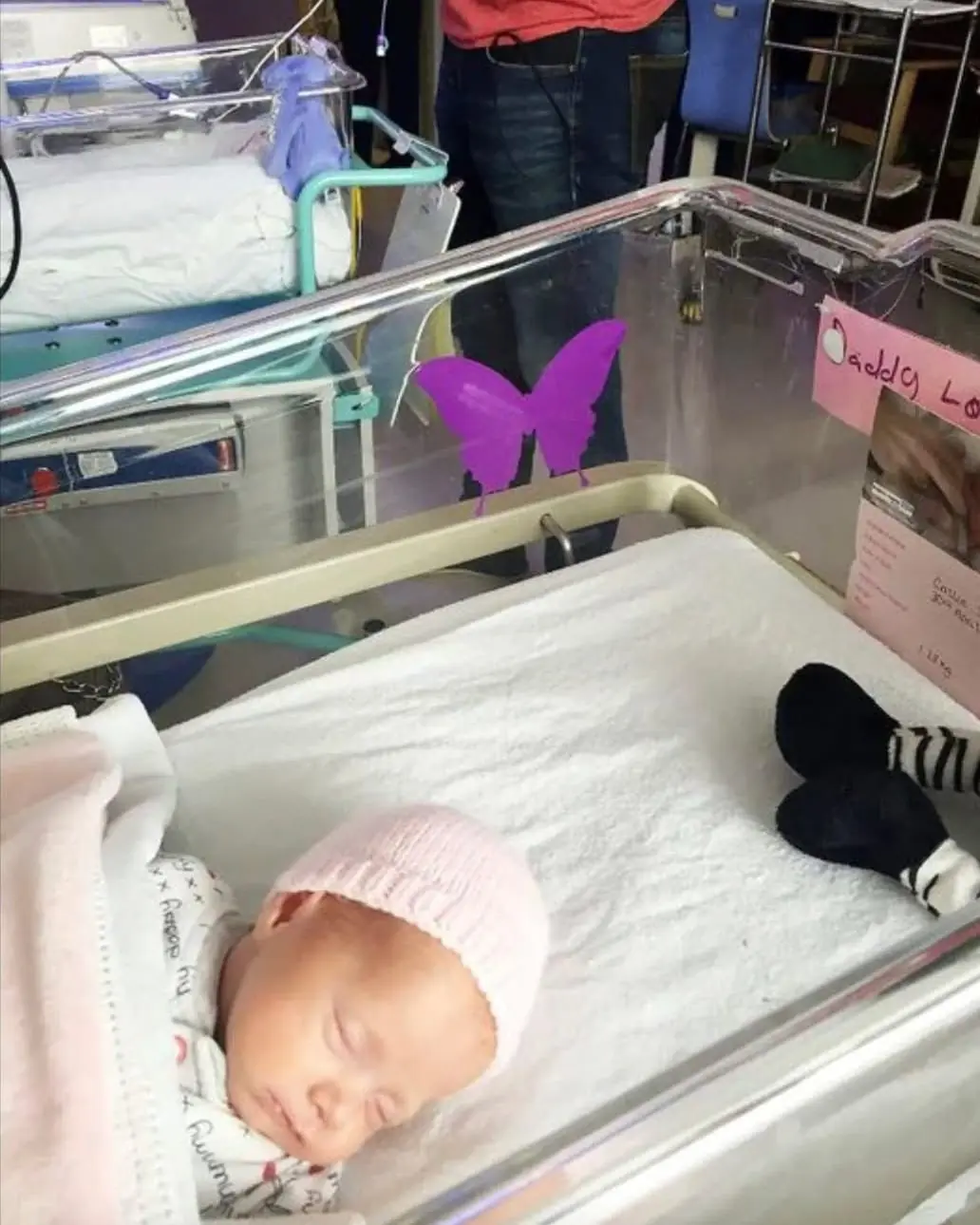
A Name That Carries Her Spirit
At just 30 weeks, Millie gave birth to two girls. They were informed that one of the twins — the baby with anencephaly — would likely live only minutes or hours. With that in mind, they chose to name her before saying goodbye.
“We knew that Skye needed to have a name before she was born,” Millie said. “Knowing she would only survive for seconds or minutes, I wanted her to be named during that time.”
The name Skye was chosen with purpose — it symbolized the idea that she would always be somewhere they could look up to. “Somewhere we knew she would always be, that we could look up at the sky and remember our baby.”
Skye lived for just three hours. In those brief, precious moments, her parents cuddled her, admired her tiny features, and created memories they would carry for the rest of their lives.
“We were cuddling Skye when she passed away. This was the worst moment in our lives. I have never ever felt heartbreak like that before. But I am proud that she fought for so long to spend time with us.”
Grief in Silence and Isolation
After Skye’s passing, the hospital staff did their best to support the grieving parents. A bereavement midwife and access to a Daisy Room — a private space where families can spend time with their baby before and after death — offered some comfort. But as the days turned into weeks, Millie began to feel that her loss was becoming invisible.
While her surviving daughter Callie remained in the neonatal intensive care unit (NICU), the focus shifted solely to her. Very few around Millie acknowledged Skye’s short but significant life.
“Most of the nurses were aware of what had happened, but as time passed, people stopped talking about Skye. After about four weeks, everyone acted as though nothing had happened, meaning the families around me had no idea about our situation.”
Then came a moment that crushed her. Another mother of twins, unaware of Millie’s loss, joked that Millie was “lucky” not to have two newborns to manage.
“None of the other parents knew what had happened or anything about Skye. The comment was completely innocent and more out of humor…They weren’t to know that I did at one point have two,” Millie said. “But the comment nearly broke me. I ran out [of] the room in tears and they had no idea why. I didn’t have the heart to tell them what had happened. A simple sticker would have avoided that entire situation.”
The Birth of the Purple Butterfly Initiative
In the aftermath of that emotional moment, Millie knew something needed to change. Parents who had lost one or more babies in a multiple birth needed a gentle, nonverbal way to let others know — not for pity, but to avoid triggering reminders of their loss.
That’s when she came up with the idea of placing a purple butterfly sticker on the incubators or cribs.
“I chose butterflies, as I felt it was fitting to remember the babies that flew away, the color purple because it is suitable for both boys or girls,” she explained.
It was a subtle, compassionate way to communicate something deeply personal. The idea quickly resonated with others who had experienced similar grief.
What began as a small gesture has now grown into a broader movement — a beacon of empathy in hospitals worldwide.
From Symbol to Global Support: The Skye High Foundation
Millie’s idea has since evolved into a charitable organization known as The Skye High Foundation. Its mission is to raise awareness, provide support to bereaved families, and help hospitals implement the Purple Butterfly Initiative.
Today, more and more hospitals around the world are using these gentle visual cues to support grieving families. Nurses, midwives, and fellow parents alike are learning what the symbol means — and adjusting their words and actions with greater sensitivity.
The foundation also offers a range of purple butterfly merchandise, including keepsakes, clothing, and accessories. These are not just items — they’re ways for families to remember the babies they lost and feel seen in their grief.
The purple butterfly initiative is now a globally recognized symbol of remembrance, love, and compassion. And its impact is profound: it has spared countless parents from having to explain their pain over and over again, and allowed them to honor the children they carry forever in their hearts.
Why Awareness Matters
Not all wounds are visible. For parents who lose one child while caring for another, their grief can be incredibly isolating. The purple butterfly is a way to gently open the door to awareness, giving space for acknowledgment without requiring painful conversations.
So the next time you see a purple butterfly sticker near a newborn or on a hospital crib, you’ll know what it means. It's not just a decorative element. It's a symbol of a life lost too soon — and a reminder to approach others with empathy and care.
What started as one mother’s act of love for her daughter Skye is now bringing comfort and understanding to families around the world.
News in the same category


Military Sleep Method Is 96% Successful and Will Send You to Sleep in Two Minutes
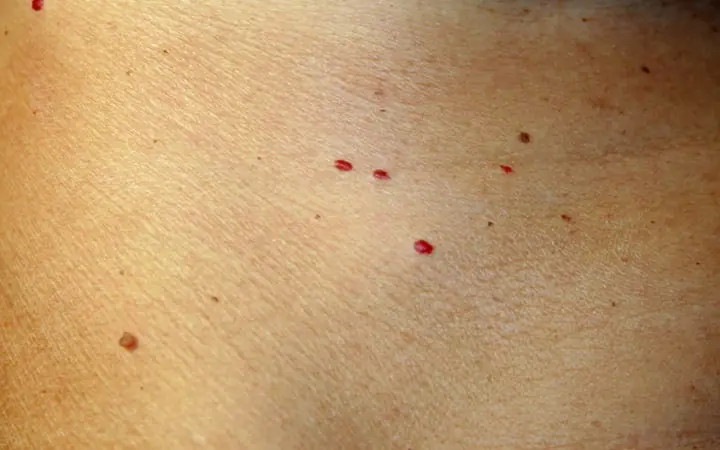
WHAT DO THESE RED DOTS ON YOUR SKIN MEAN?

7 Early Signs Your Heart May Be in Danger – Don’t Ignore #3!
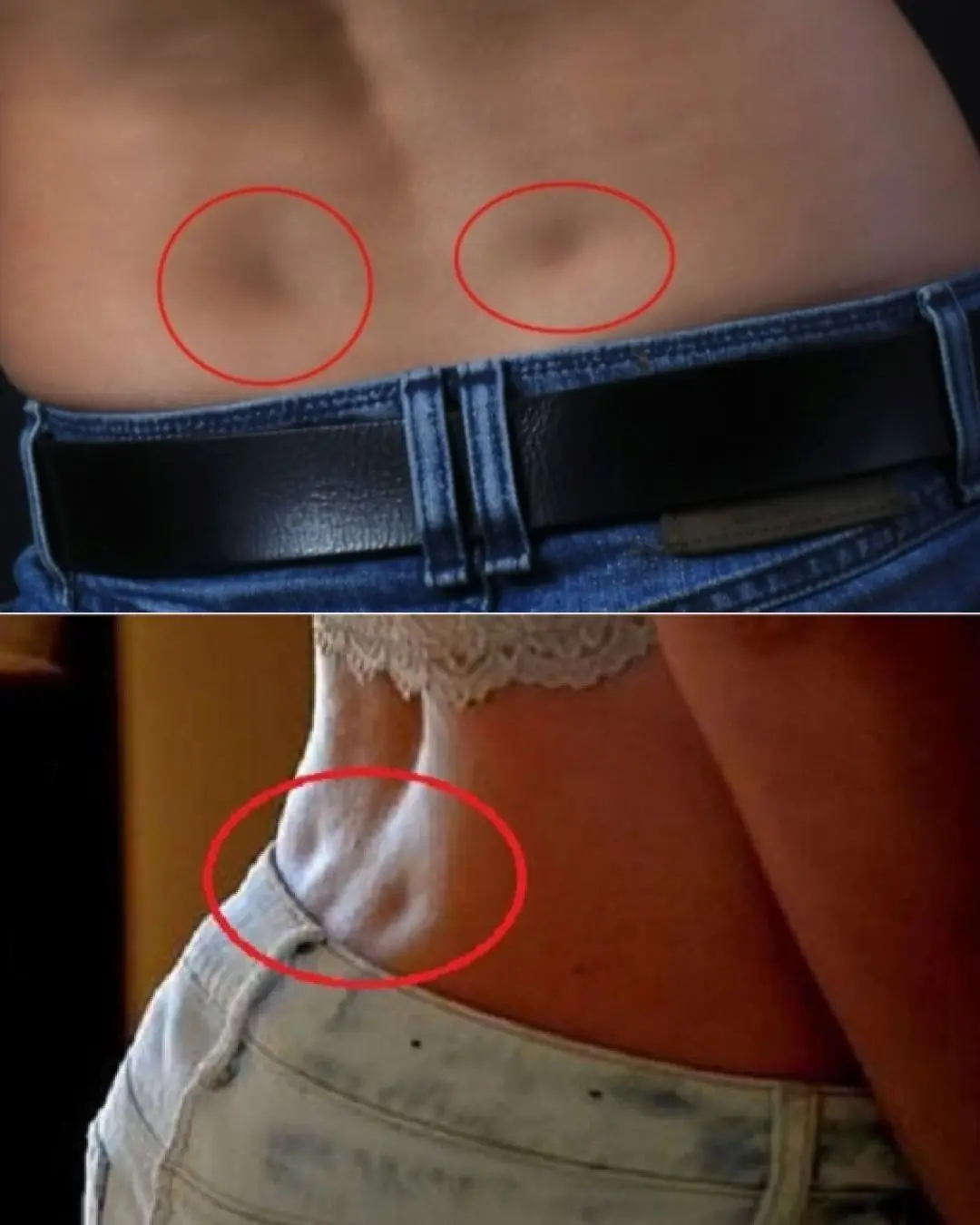
If you have these two holes in your back, it means you don’t…Read more

Exact amount of time one single cigarette takes off your life revealed in new study

Breakthrough male birth control pill just passed human safety testing

What Mixing Vinegar, Salt, and Water Does?

Doctors Warn: These 2 Daily Habits Are Destroying Kidneys—Many Lose Both Before Age 30
Doctors warn that both of these habits—excessive sodium intake and overuse of paink:illers—are preventable.

Teen Warns Others After Doctors Ignored Symptom That Led To Her Collapsing In Class

According to a Psychologist, Narcissists Always Display This One Trait. Here’s What to Do If You See It

Man Who Drank 7 Liters Of Soda Daily For A Decade Suffers Severe Health Consequences

Could Your Food Be Hiding P@rasites? Neuroscientist Claims 3 Foods Can Cross into Your Br@in

Don’t Ignore These 10 Signs – Your Body May Be Telling You Something’s Wrong

Drink Clove Water for One Month and These 5 Benefits Will Follow

Why Are 80% of People Magnesium Deficient? The Answer Will Surprise You

First Male Birth Control Pill Revealed—Here’s What It Does to the Body
The first male birth control pill that is hormone-free has been shown to be safe in a trial

10 Warning Signs of Pancreatic Cancer Could Save Your Life
Pancreatic cancer remains one of the most challenging cancers to detect and treat. Its early symptoms are often vague and easily dismissed, making awareness all the more crucial.

Doctor Shares 30-Second Hand Test That Could Reveal Hidden Brain Tumor
News Post

Chaos as cruise ship passengers 'left behind' following major tsunami in Hawaii

Urgent warning issued to all iPhone users following release of iOS 18.6

13 of The Best Natural Muscle Relaxers to Help With Cramps

Military Sleep Method Is 96% Successful and Will Send You to Sleep in Two Minutes

WHAT DO THESE RED DOTS ON YOUR SKIN MEAN?

Skywatchers Delight: Dual Meteor Showers And Upcoming Celestial Events

Global Tsunami Alarms Following 8.8‑Magnitude Earthquake—Sixth Strongest On Record

7 Early Signs Your Heart May Be in Danger – Don’t Ignore #3!

If you have these two holes in your back, it means you don’t…Read more

Volcano Eruption Adds To Chaos After 8.8-Magnitude Quake Rocks Russia’s Far East

Scientists Spark Debate Over Interstellar Visitor’s Strange Behavior

Exact amount of time one single cigarette takes off your life revealed in new study

Breakthrough male birth control pill just passed human safety testing
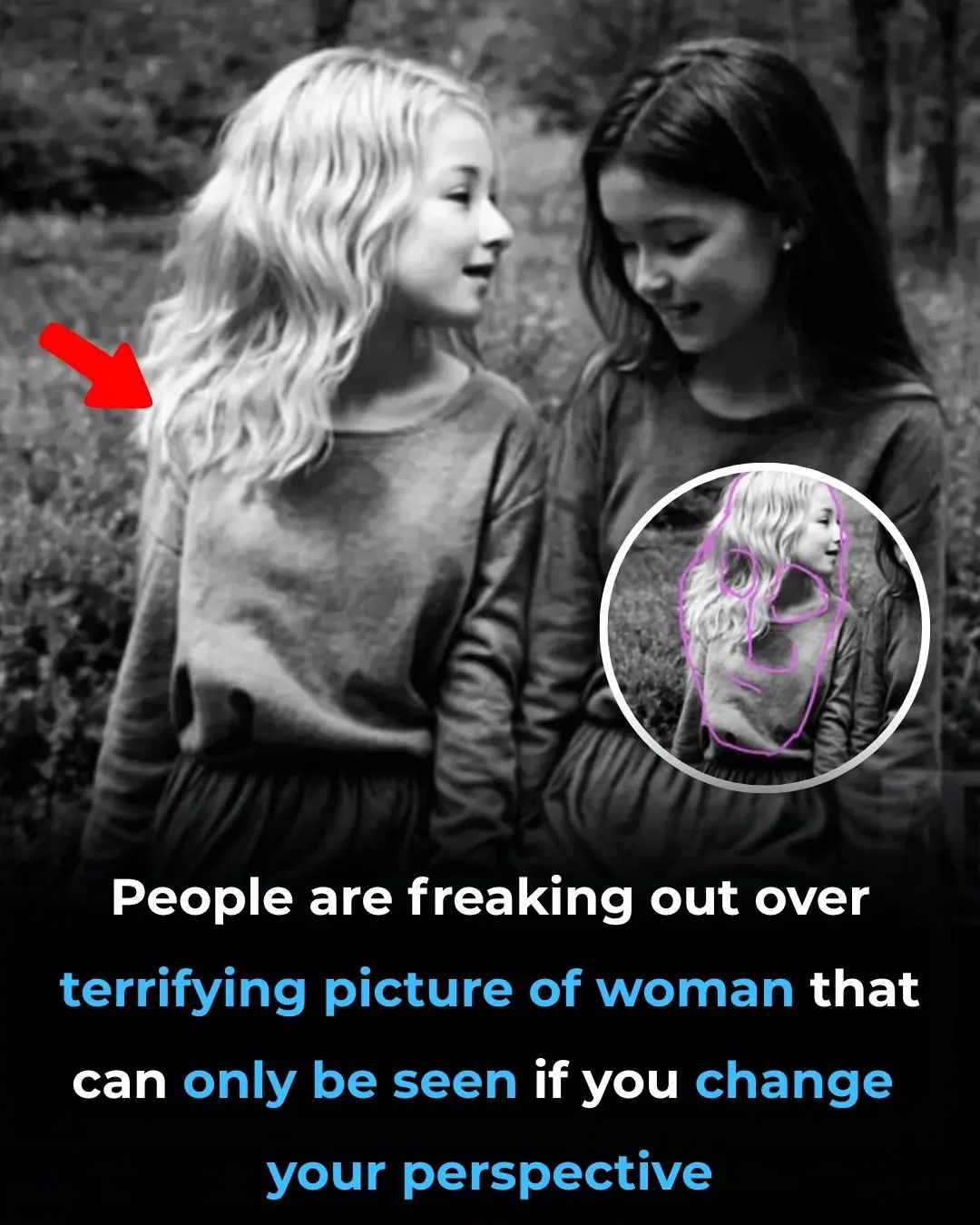
Terrifying Optical Illusion Of A Woman Only Visible At A Certain Angle Leaves People Freaking Out

3-year-old boy finds a 16th century gold pendant worth $4M while playing with his dad’s metal detector

You’ll Never Guess What Happened at These 3 Weddings

What Mixing Vinegar, Salt, and Water Does?

Doctors Warn: These 2 Daily Habits Are Destroying Kidneys—Many Lose Both Before Age 30
Doctors warn that both of these habits—excessive sodium intake and overuse of paink:illers—are preventable.
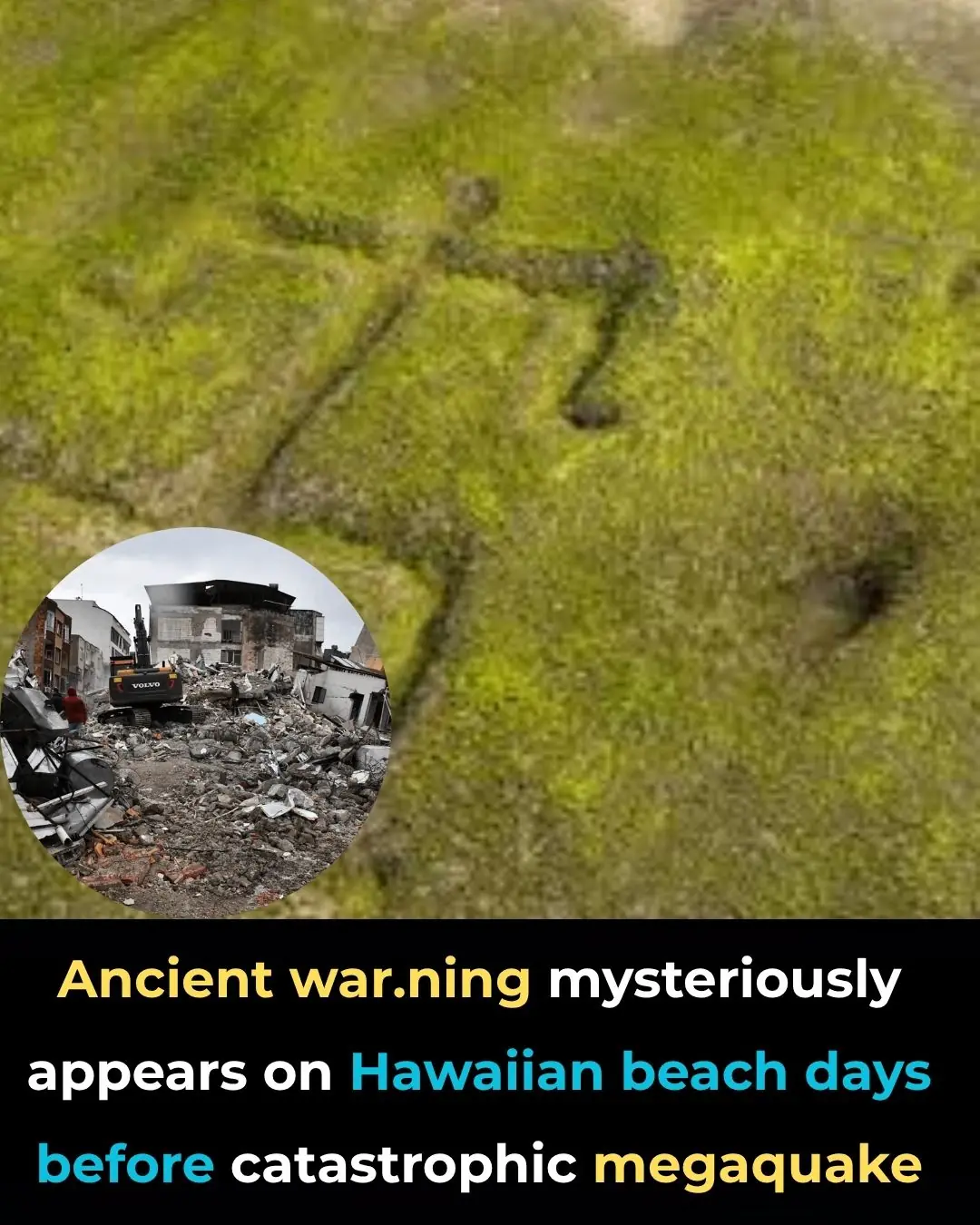
Ancient Warning Emerges On Hawaiian Shore Days Before Massive Earthquake
